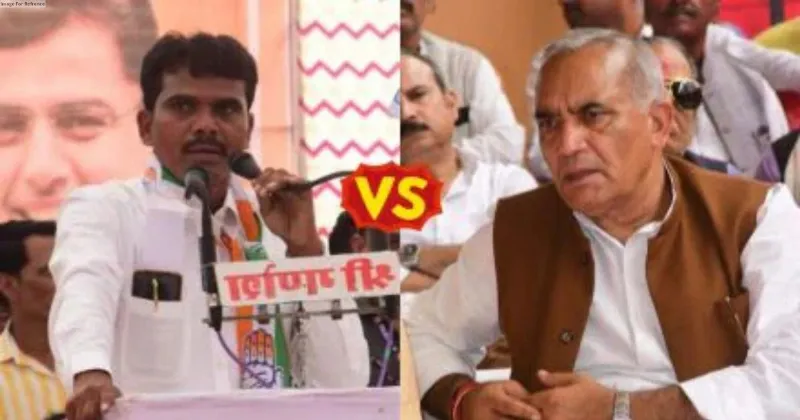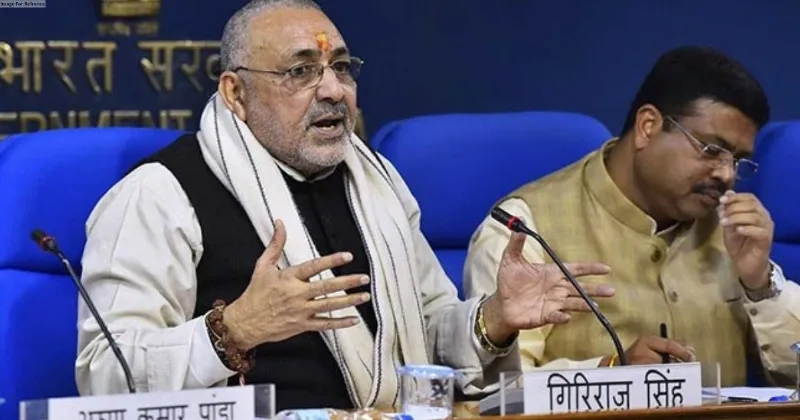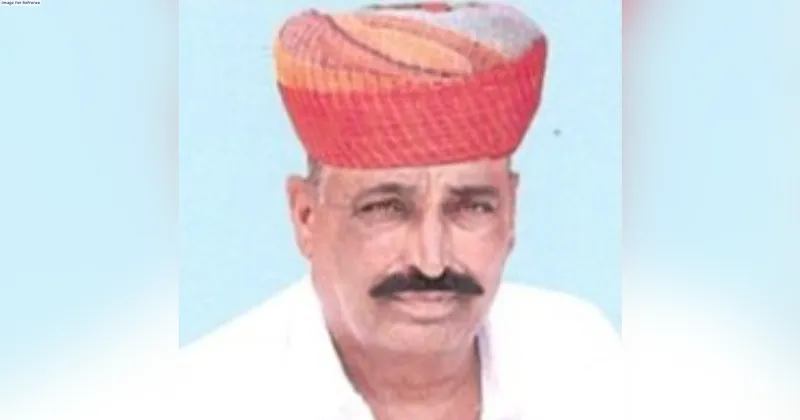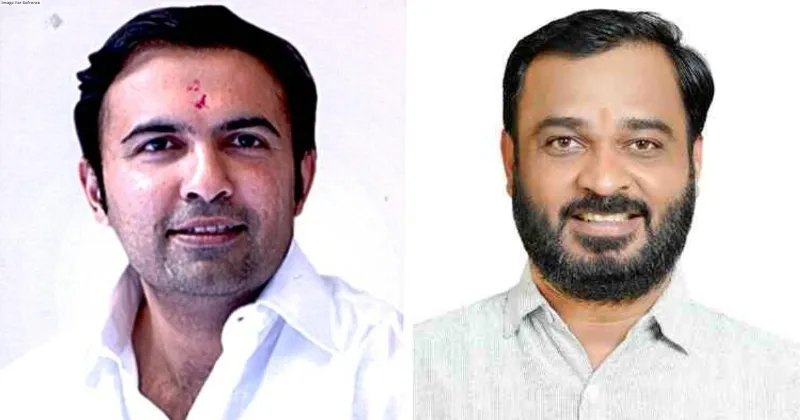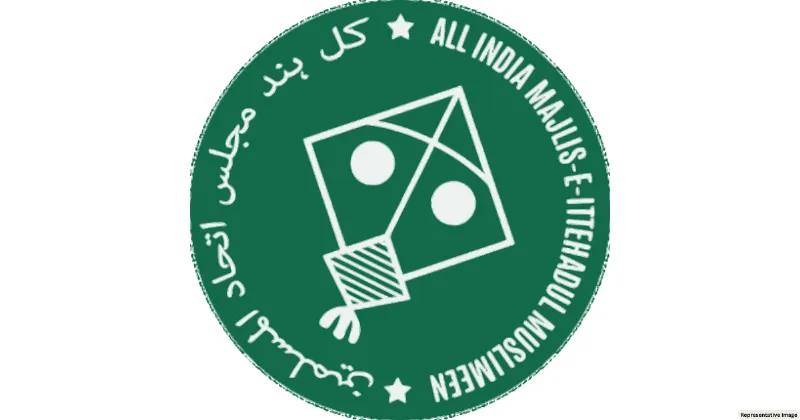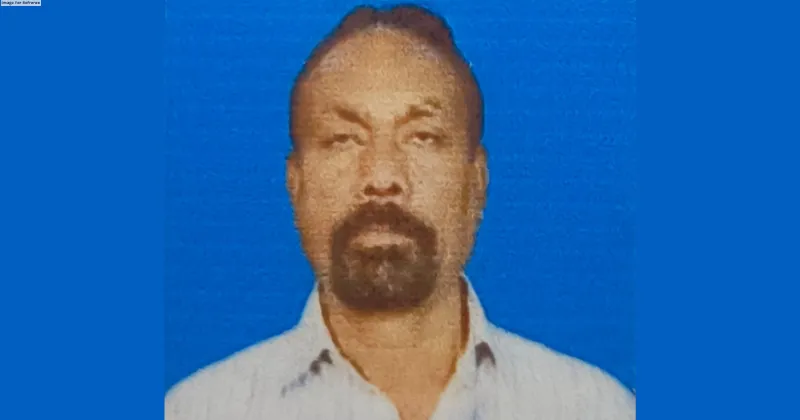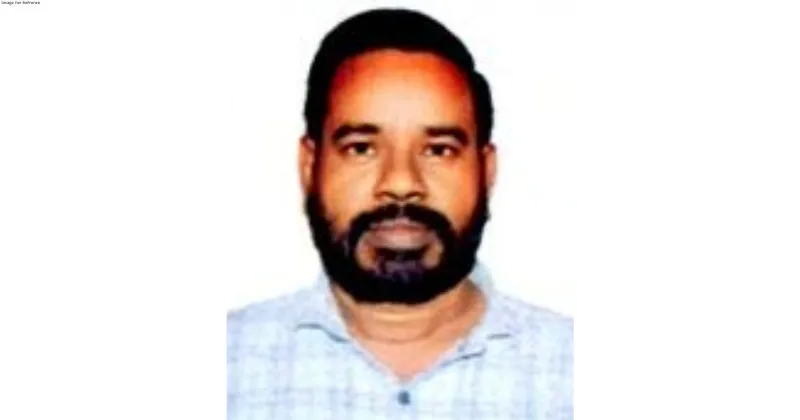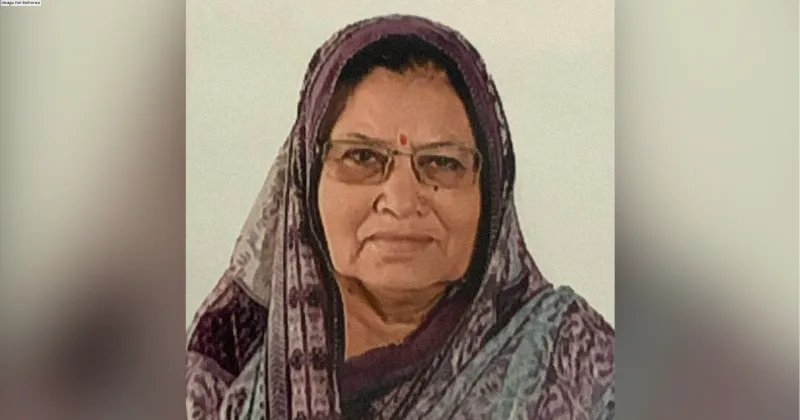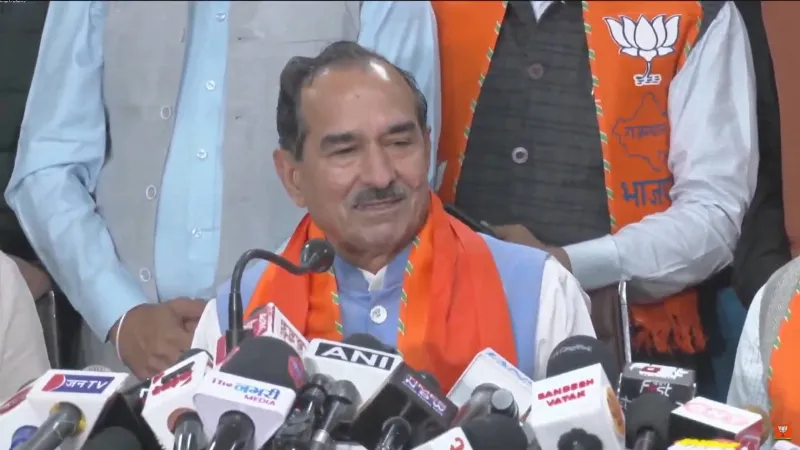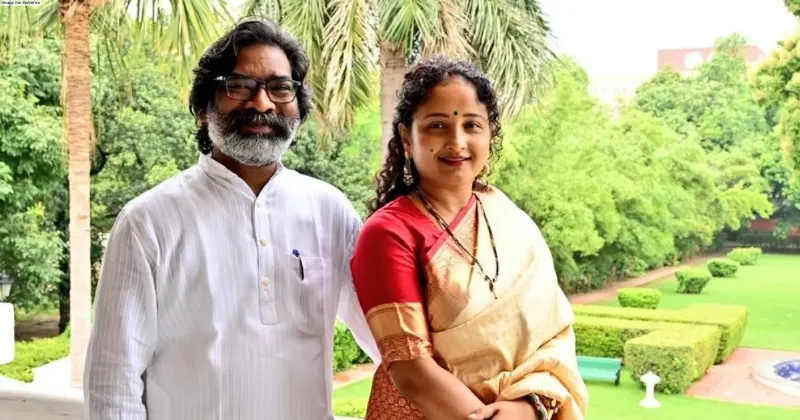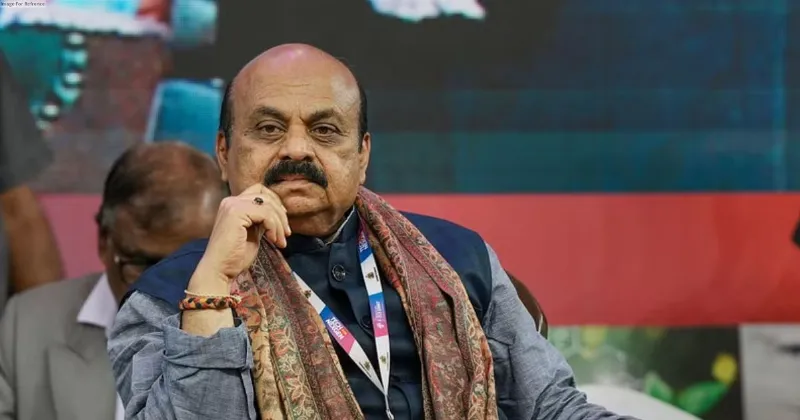Latest News
A cultural gem, Ram Mandir is an architectural marvel

Ayodhya: It is said in many mythological stories that a huge temple was built on 84 pillars of black Kasauti stone at the birthplace of Shri Ram. The new Ram Temple in Ayodhya is also being constructed in this style. The grandeur of this temple is worth seeing.
After King Vikramaditya, subsequent kings periodically maintained this temple, and among them, Pushyamitra Shunga, the first ruler of the Shunga dynasty, also undertook the restoration of the temple. An inscription of Pushyamitra was found in Ayodhya, where he is referred to as a commander, and there is a description of him conducting two Ashvamedha Yajnas. Various inscriptions indicate that during the time of Gupta ruler Chandragupta II and thereafter, Ayodhya remained the capital of the Gupta Empire for a considerable period.
The kings after Vikramaditya took care of this temple from time to time. One of them, Pushyamitra Shunga, the first ruler of the Shunga dynasty, had also renovated the temple. An inscription of Pushyamitra was found in Ayodhya in which he has been called a commander, and there is a description of him performing two Ashwamedha Yagyas. It is known from many inscriptions that Ayodhya was the capital of the Gupta Empire during the time of the Gupta dynasty, Chandragupta II, and for a long time thereafter.
The new temple of Shri Ramlala has five pavilions, 392 pillars and 44 gates. The temple is the only unique octagonal temple in the country having a circular roof of white marble above the sanctum sanctorum.
The first three ‘Mandap’ (pavilions) of the sanctum sanctorum of the temple have been built. The ‘Nritya Mandap’ comes first. Its chhatri has eight pillars. Beautiful postures of Ashtabhya Shiva are engraved on them. The entire Shiva family has been carved very finely.
Ahead is Rang Mandap. Both the Mandapas appear to be the creators of knowledge, wisdom and discretion, givers of auspicious good and destruction of obstacles, and direct providers of wealth, prosperity and ‘Shubh-Labh’.
Next to this is the Sabha Mandap. The pillars of the Gudi Mandap have various beautiful sculptures and artworks depicting the child Ram on the walls. The Dashavatar of Vishnu has also been depicted. There is a ‘Prathna Mandap’ on the left side of the above-mentioned mandap.
There is Kirtan Mandap on the right side. The temple has three floors. The height of each is 20 feet.
Images from Rama’s birth to his coronation are carved on pink stone blocks up to five feet above ground level. All the events and surroundings depicted in the architecture, paintings, sculptures and walls are pure Sanatani.

